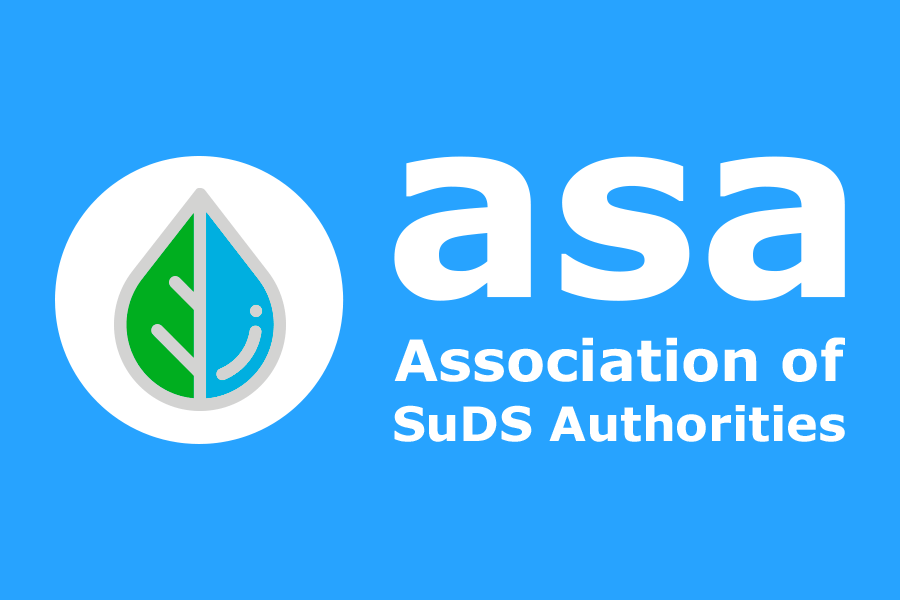the Environment Agency has recently issued a minor update to their guidance on ‘How to prepare a strategic flood risk assessment’

External Briefing Note – Minor update to guidance on ‘How to prepare a strategic flood risk assessment’
What’s happening?
We are publishing a minor update to the gov.uk guidance we produce to help local planning authorities (LPA) prepare strategic flood risk assessments (SFRAs). The update goes live from 3pm on Thursday 31st March. The website location remains here – https://www.gov.uk/guidance/local-planning-authorities-strategic-flood-risk-assessment.
Why is it being updated? The update has been prompted by a number of things including publication of:
- the Strategic flood risk assessment good practice guide which practitioners should use in parallel with the gov.uk guidance
- the Using flood risk information in spatial planning research project which explored the role of SFRAs in the planning process
- the updated National Planning Policy Framework including its requirement for LPAs to prepare local design codes/guides
- the government’s Review of policy for development in areas at flood risk which identified areas of policy implementation which could be improved through SFRAs, for example the sequential test
- new reservoir flood maps
- the Environment Act (2021) and its requirement for local nature recovery strategies and drainage and sewerage management plans
What does this mean for existing SFRAs or for those at an advanced stage of preparation?
The update to the guidance is relatively minor in nature. For existing SFRAs we don’t anticipate that this update will, in isolation, trigger the need for a full review. For SFRAs that are in the process of being prepared, those involved should take a risk-based, best endeavours approach to reflecting the updated guidance.
What do you need to do?
Please share this briefing with any staff in teams involved with the preparation or use of SFRAs.
Who to contact?
If you need to discuss how this update will affect the preparation of your SFRA, you should speak to the relevant Environment Agency area Sustainable Places team.
